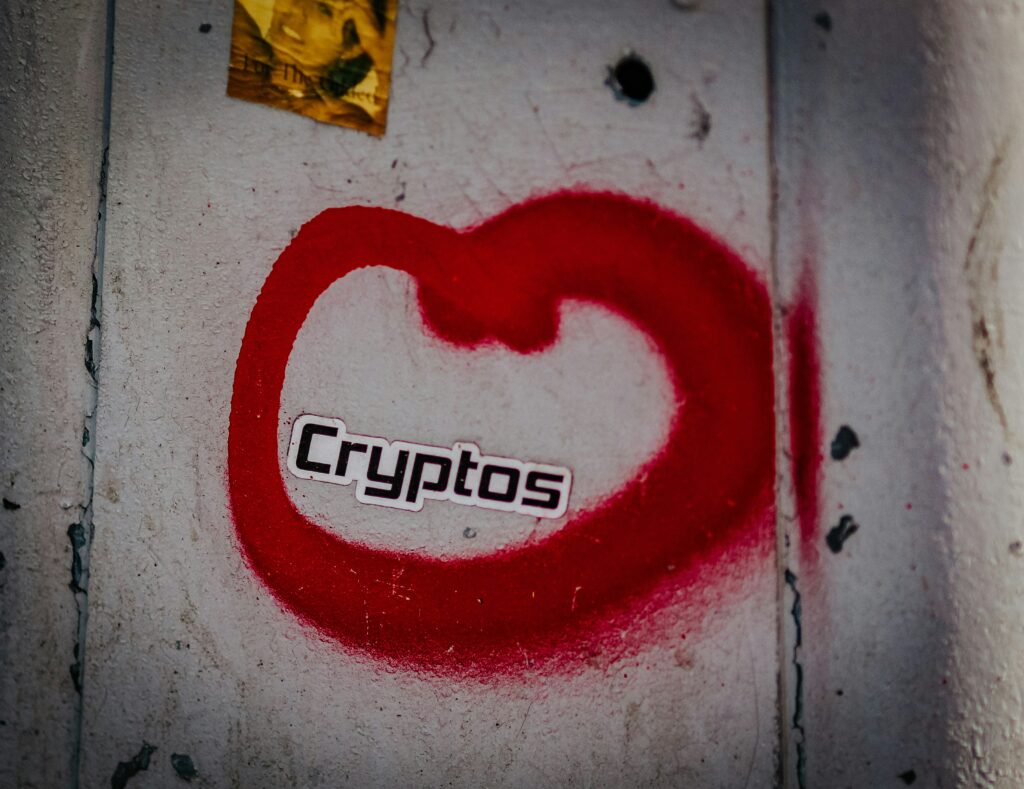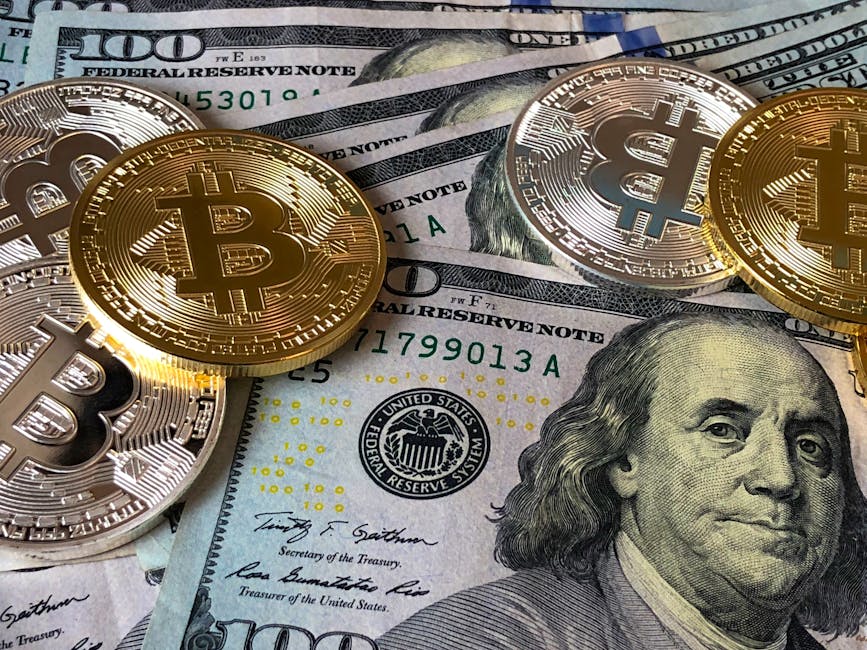Why Risk Management in Crypto Is Non-Negotiable
Volatility isn’t some accidental glitch in the crypto market—it’s baked into the system. Fast pumps, sharper dumps. Prices can swing 20% in a day without any clear reason. It’s not personal. It’s just how this space operates. And that makes risk management not just important, but essential.
Too many new investors focus on the upside. They fantasize about going 10x overnight. But the truth is, managing the downside is what keeps you in the game long enough to benefit from upside when it shows up. Ask anyone who’s been around: the worst mistakes come from overexposure—not knowing when to cut losses, ignoring red flags, or going all-in on hype.
Common rookie errors? No stop-losses. Using leverage without understanding how quickly it can turn against you. Holding bags on blind faith after the market has clearly moved on. Not taking profits because you think the pump will last forever.
Smart crypto traders don’t get caught chasing every green candle. They play defense first. Because in crypto, surviving the storm is how you earn the right to see the sun.
Understand the Core Risks
Crypto might offer outsized rewards, but it’s a minefield if you don’t know where the traps are. Risk management starts by understanding what can go wrong—and in crypto, a lot can.
Market Risk: This is the big one. Prices in crypto can spike or crash on rumor, regulation, or a whale making a move. Volatility is built in—it’s what draws in high-risk traders and scares off institutions. If you can’t handle 20% swings in a day, you’re not ready.
Liquidity Risk: You can’t sell if no one’s buying. That altcoin with a tiny market cap might look great on paper, but when it’s time to exit, you could be stuck. Low liquidity means wide spreads, slippage, and big losses where you expected clean exits.
Security Risk: Hacks, phishing, rug pulls—security failures destroy portfolios overnight. If you’re cutting corners on wallet safety, or chasing shady DeFi projects, you’re asking for it. Two-factor everything. Cold storage for long-term. Don’t trust—verify.
Regulatory Risk: The rules are still being written, and countries don’t agree on much. One ban or new tax law can turn a profitable position into a liability. Whether you’re trading in the U.S., EU, or Asia-Pacific, staying compliant isn’t optional—it’s survival.
Spotting these risks early—and respecting them—is what separates gamblers from survivors.
Proven Strategies to Protect Your Capital
Let’s get this out of the way first: only risk what you can afford to lose isn’t just another phrase passed around by cautious investors. It’s the line between staying in the game and getting wiped out. If the money you’re putting into a crypto trade keeps you up at night, you’ve gone too far. Being bold isn’t the same as being reckless.
Next: diversify, or bleed out slowly. Going all-in on a single coin might sound romantic, especially if you’ve done hours of research or heard one too many influencer pitches. But betting the farm on one asset means tying your future to its fate—and crypto history is filled with dramatic collapses.
The 1–2% rule is your friend here. Put simply: never risk more than 1–2% of your total capital on a single trade. It’s not flashy. It’s not fun. But it keeps you solvent. Combine that with the right tools—stop-losses and trailing stops—and you take emotion out of the equation. When the market moves against you (and it will), these automated systems help you exit before damage turns into disaster.
Protect first. Profit second. That’s the mindset.
Tools That Actually Help
You can talk all day about mindset and strategy, but tools make the difference when the real volatility hits. Too many traders still fly blind—don’t be one of them.
Start with portfolio trackers that offer real-time analytics. If you can’t see your exposure across multiple coins, exchanges, and wallets immediately, you’re already behind. Use tools that show P&L, tax reporting, and risk distribution without needing a spreadsheet degree.
Next, take your wallet security seriously. Multi-sig wallets are smart for shared custody—especially if you’re part of a DAO or managing assets with a team. For individuals, a solid hardware wallet like Ledger or Trezor is still the baseline. If it’s not offline, it’s vulnerable.
Cold storage is underrated—especially if you’re holding long-term positions. Think of it like a bunker. No internet access means no external threat vector. If you’re parking Bitcoin or ETH for the next five years, this is the move.
Lastly, stress-test your game plan before staking real money. Simulation platforms let you run your strategies in sandbox mode. It’s not just for beginners—seasoned traders use these to refine entries, test stop-loss behavior, and pressure-test what happens when the market gets irrational (because it will).
Emotional Discipline Is Half the Battle
Crypto doesn’t just test your strategy; it tests your nerves. When charts spike or nosedive, it’s easy to get swept up in the storm. FOMO tells you to chase the green candle. Panic urges you to bail out at a loss. Greed whispers that this time, it really is going to the moon. Recognizing these emotional landmines is not optional—it’s survival.
The fix? Have a plan before you hit “buy.” Set your exit points, know your risk tolerance, and stick to your system no matter what Twitter or Telegram is screaming. If you’re making decisions in the heat of the moment, you’re already behind.
And don’t underestimate the power of stepping away. Take breaks. Clear your head. Markets operate 24/7, but you don’t have to. Some of your worst decisions will come when you’re tired, anxious, or chasing losses. Logging off is free. Use it.
Discipline won’t make the market less volatile—but it’ll stop you from throwing gas on the fire.
Mitigating Risk Through Education
The crypto space moves fast. What worked last quarter might be obsolete next week. That’s why education isn’t optional—it’s survival. The traders who last are the ones constantly leveling up their knowledge, not chasing hype on social media or blindly copying anonymous tweets.
Good information matters. Follow sources that prioritize fundamentals, not flash. Look for creators and educators who break things down clearly, back it up with data, and don’t just parrot price predictions. Red flags? Overpromising, “get-rich-quick” headlines, and anyone asking for your wallet keys.
Start simple, stay consistent. Whether it’s a 5-minute daily read or a focused course every month, build a rhythm. Plenty of solid resources won’t cost a thing—and they’ll keep your strategy sharp.
Start here: Free Courses and Tutorials on Cryptocurrency Trading.
Final Thoughts: Survive First, Thrive Later
Let’s be clear—risk management isn’t flashy. There’s no dopamine hit in setting stop-losses or sticking to a conservative position size. But this is what separates the tourists from the traders. You don’t need to win every trade—you just need to stay in the game.
The first rule? Protect your capital. That’s your ammo. Blow it all chasing moonshots, and there’s no comeback. The best traders know when not to act. They know the quiet discipline of walking away from a hype coin or sitting out a volatile market.
In crypto, caution looks smart in hindsight. Whether it’s using cold wallets, diversifying your stack, or sticking to tested plans—it’s not weakness. It’s your edge. The wild west days are over. The ones who make it through the next cycle won’t be the flashiest; they’ll be the ones who treated survival like a skill.

 Founder & Editor-in-Chief
Founder & Editor-in-Chief
